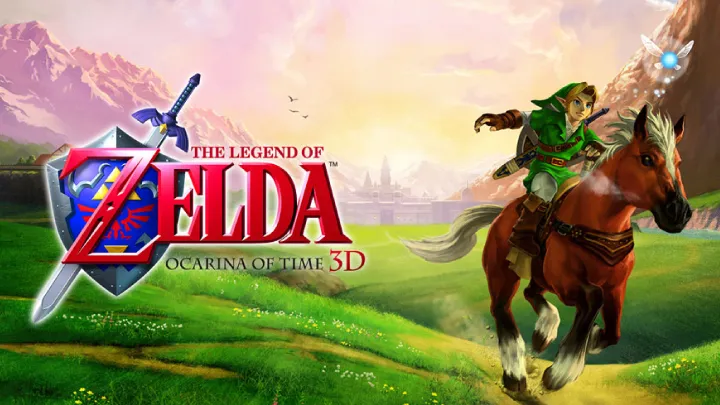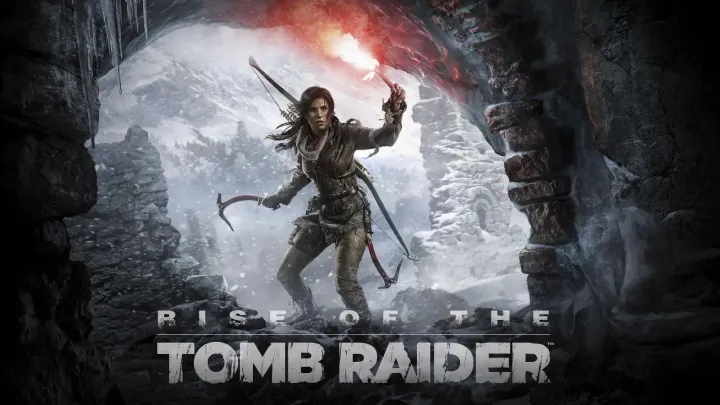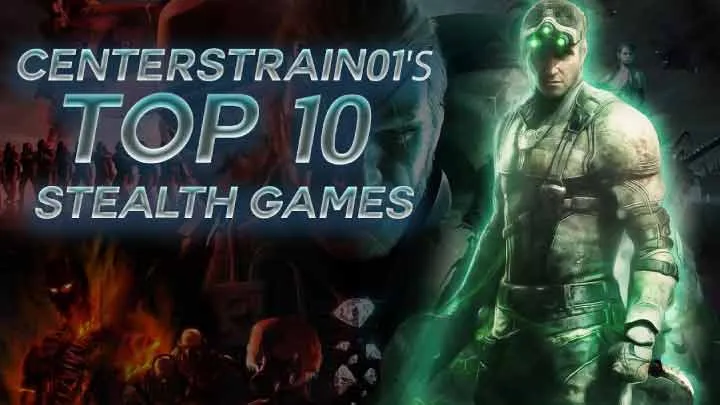Introduction
The action-adventure genre is one of the most beloved in gaming, blending fast-paced combat, intricate puzzles, exploration, and storytelling. Over the past three decades, several titles have not only shaped but also redefined the expectations of what an action-adventure game can be. From vast open worlds to deeply personal narratives, these games pushed boundaries, influenced countless successors, and left an undeniable legacy in the industry.
In this article, we will explore the Top 10 Action-Adventure Games That Redefined the Genre, analyzing their gameplay mechanics, narrative strengths, and lasting impact. Each entry will include an overview of the game, a breakdown of its gameplay design, and a critical assessment of why it stands out as a revolutionary title.
1. The Legend of Zelda: Ocarina of Time (1998)
Few games have had as much influence as The Legend of Zelda: Ocarina of Time. Released on the Nintendo 64, it was groundbreaking in both scope and execution.
Gameplay Analysis
Ocarina of Time introduced Z-targeting, a lock-on combat system that made fighting enemies intuitive and dynamic. The game seamlessly blended dungeon crawling, puzzle-solving, and real-time combat within a vast 3D world that felt alive. Its day-and-night cycle and environmental interaction gave players a sense of immersion unprecedented at the time.
Evaluation
Regarded by many as one of the greatest games ever made, it set the gold standard for 3D action-adventures. Its mechanics influenced virtually every action-adventure and RPG released afterward, from combat systems to environmental storytelling.

2. Tomb Raider (1996)
Lara Croft’s debut was not just a milestone in gaming—it was a cultural phenomenon.
Gameplay Analysis
Tomb Raider mixed third-person shooting, exploration, and puzzle-solving within vast 3D levels inspired by archaeology and mythology. The game rewarded precision platforming and environmental observation, requiring players to solve intricate puzzles while surviving enemies.
Evaluation
Beyond its technical achievements, Tomb Raider defined a new archetype for action-adventure games with its strong female lead, cinematic approach, and mix of combat with exploration. It paved the way for modern action-adventures like Uncharted.

3. Grand Theft Auto III (2001)
The leap from top-down perspective to fully realized 3D sandbox made GTA III a watershed moment for the genre.
Gameplay Analysis
Set in Liberty City, the game offered players unprecedented freedom to explore, commit crimes, and interact with the environment. The combination of a living city, narrative-driven missions, and emergent gameplay changed how players engaged with open-world action-adventures.
Evaluation
By popularizing open-world design, GTA III influenced countless games, from Saints Row to Assassin’s Creed. Its balance of story missions and freeform play redefined player agency in video games.

4. Shadow of the Colossus (2005)
Minimalist yet profound, Shadow of the Colossus demonstrated the artistic potential of action-adventure gaming.
Gameplay Analysis
Instead of traditional dungeons or waves of enemies, the game presented 16 colossi—massive living puzzles that players had to climb and defeat. Each battle was both a test of skill and an emotional experience, supported by a hauntingly beautiful world.
Evaluation
Its unique approach stripped the genre to its essentials: exploration, strategy, and emotional storytelling. The game influenced developers to explore atmosphere and symbolism, proving that games could be art.
5. Assassin’s Creed II (2009)
After a promising but repetitive first entry, Assassin’s Creed II revolutionized the franchise and cemented it as a major force.
Gameplay Analysis
Set in Renaissance Italy, the game introduced parkour-based traversal, improved stealth mechanics, and a rich historical setting. Its open world was dense with side quests, collectibles, and an engaging main narrative centered around Ezio Auditore.
Evaluation
By blending historical fiction, open-world exploration, and fluid free-running mechanics, Assassin’s Creed II set the standard for future installments and influenced a generation of sandbox games.
6. Uncharted 2: Among Thieves (2009)
Naughty Dog’s masterpiece turned cinematic action-adventures into a benchmark for storytelling.
Gameplay Analysis
Uncharted 2 combined climbing, cover-based shooting, and environmental puzzles with a high-quality narrative presentation. Its seamless transitions between cutscenes and gameplay created a Hollywood-like experience without sacrificing interactivity.
Evaluation
The game redefined narrative-driven action-adventures, proving games could rival blockbuster films in both storytelling and spectacle. It directly inspired successors such as The Last of Us and Tomb Raider (2013 reboot).
7. Batman: Arkham Asylum (2009)
Superhero games had often failed before Arkham Asylum. Rocksteady changed that forever.
Gameplay Analysis
The game pioneered the “freeflow combat system,” allowing players to fluidly chain attacks, counters, and gadgets in combat. Stealth mechanics, detective vision, and a richly detailed Arkham setting made players truly feel like Batman.
Evaluation
Arkham Asylum became the blueprint for superhero games. Its combat system was adopted and iterated upon in titles like Shadow of Mordor and Spider-Man (2018).
8. The Last of Us (2013)
More than just a post-apocalyptic story, The Last of Us was a milestone in emotional storytelling within interactive media.
Gameplay Analysis
The game combined stealth, survival mechanics, and brutal combat within a cinematic narrative. Players experienced the journey of Joel and Ellie, balancing resource management with decision-making under constant tension.
Evaluation
It showed that an action-adventure could carry the weight of a powerful emotional drama. Its storytelling, character development, and gameplay balance influenced countless modern titles.
9. The Witcher 3: Wild Hunt (2015)
CD Projekt Red’s masterpiece set a new bar for open-world RPGs within the action-adventure framework.
Gameplay Analysis
The game combined swordplay, magic, and monster hunting within a vast, richly detailed world. Its branching narratives and morally complex choices gave players unparalleled freedom in shaping the story.
Evaluation
The Witcher 3 blended action-adventure and RPG mechanics seamlessly, redefining narrative-driven open worlds. Its success reshaped the industry’s approach to side quests, storytelling, and player choice.
10. The Legend of Zelda: Breath of the Wild (2017)
A full-circle moment for the genre, Breath of the Wild reinvented open-world exploration.
Gameplay Analysis
The game encouraged player experimentation, with physics-based puzzles, survival mechanics, and total freedom in approaching objectives. Unlike traditional linear adventures, players could defeat Ganon at any time, explore in any order, and solve challenges creatively.
Evaluation
Its open-ended design redefined exploration and interactivity. Breath of the Wild’s influence is visible in modern action-adventures such as Elden Ring and Genshin Impact.
Conclusion
The action-adventure genre thrives because it constantly evolves, with each generation bringing bold innovations. From Ocarina of Time’s lock-on combat to Breath of the Wild’s open-world experimentation, these titles collectively redefined how we experience games.
These 10 masterpieces represent not only milestones in gaming history but also ongoing sources of inspiration. They remind us that the action-adventure genre is defined not by static formulas but by the courage to innovate, surprise, and immerse players in unforgettable worlds.

















